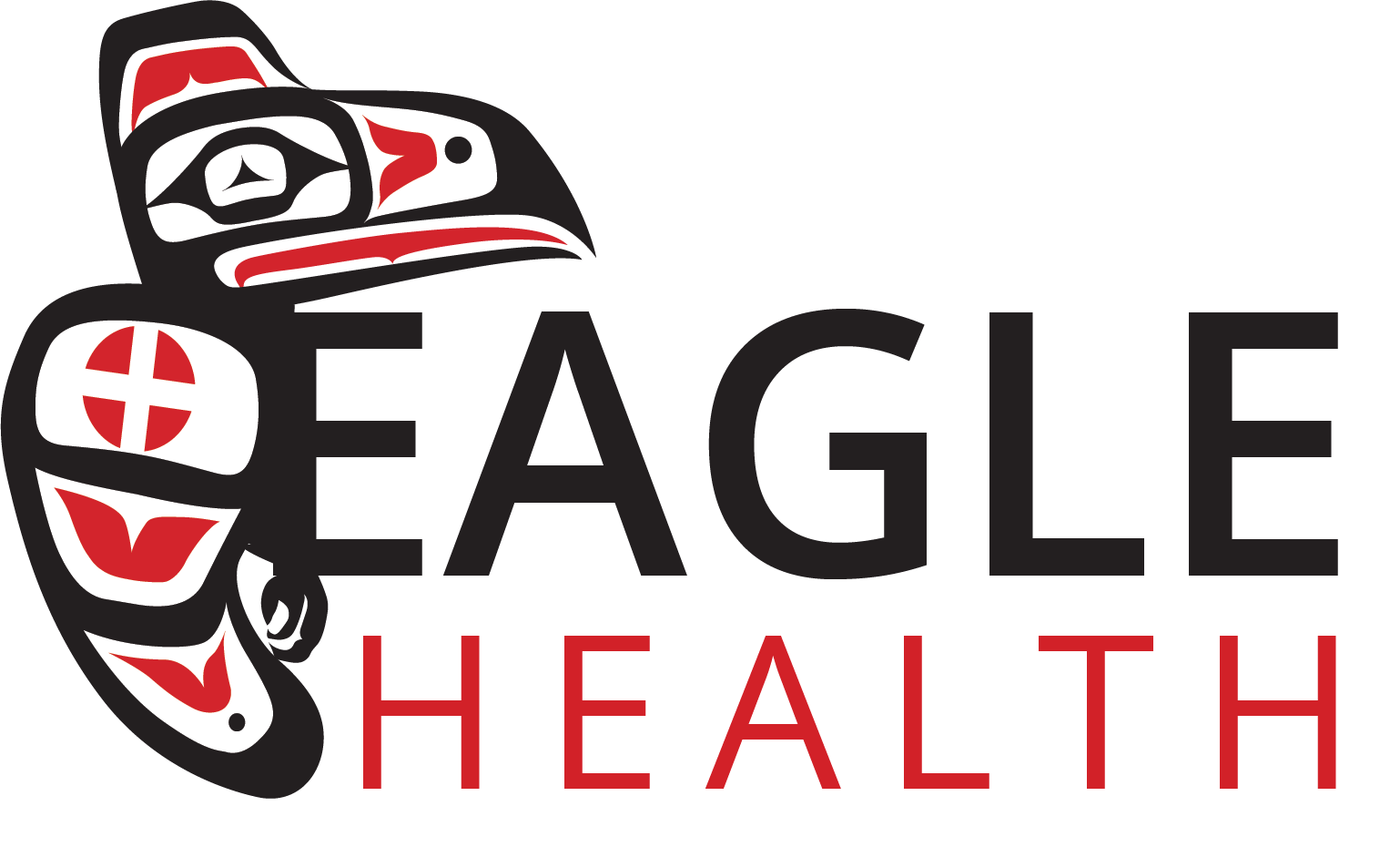Hearing conservation is essential to maintaining a safe and healthy work environment, particularly in industries with high noise levels. Prolonged exposure to excessive noise can damage permanent hearing, negatively impacting employees’ quality of life and work performance. This blog post will discuss the importance of hearing conservation in the workplace, the potential consequences of noise-induced hearing loss, and strategies for implementing effective hearing conservation programs.
The Dangers of Noise-Induced Hearing Loss:
Noise-induced hearing loss (NIHL) is a gradual and irreversible condition caused by continuous exposure to high noise levels. It can result in difficulty hearing conversations, understanding speech, and perceiving sounds in the environment. Over time, NIHL can lead to increased stress, social isolation, and reduced job performance.
Workplace noise levels that exceed 85 decibels (dB) are considered hazardous and can cause permanent hearing damage if not properly managed. Industries with particularly high noise levels include construction, manufacturing, aviation, and transportation.
Implementing a Hearing Conservation Program:
Organizations should implement a comprehensive hearing conservation program to protect employees from the risks associated with excessive noise exposure. Key components of an effective program include:
- Noise assessment: Regularly monitor and evaluate noise levels within the workplace to identify areas where employees may be at risk for NIHL. This information is critical for determining the necessary protective measures and ensuring a safe work environment.
- Engineering controls: Implement measures to reduce noise levels at the source, such as using quieter equipment, enclosing noisy machinery, or installing noise barriers. These measures can help minimize noise exposure for employees.
- Administrative controls: Establish procedures and work practices to minimize employee exposure to hazardous noise levels. This may include rotating employees between tasks, limiting the duration of exposure to loud noise, or scheduling noisy tasks during times when fewer employees are present.
- Hearing protection devices: Provide appropriate hearing protection devices, such as earplugs or earmuffs, to employees exposed to hazardous noise levels. Ensure that employees are trained on the proper use and maintenance of these devices.
- Training and education: Regularly train employees on the risks associated with excessive noise exposure, the importance of hearing conservation, and the steps they can take to protect their hearing. This will help foster a culture of safety and ensure that employees understand their role in maintaining a healthy work environment.
- Audiometric testing: Conduct periodic hearing tests for employees exposed to hazardous noise levels to monitor for any changes in their hearing and identify early signs of NIHL. This can help ensure that employees receive timely intervention and support.
Investing in hearing conservation is vital for organizations that operate in noisy environments. By implementing a comprehensive hearing conservation program, employers can protect their employees’ hearing, improve their overall well-being, and maintain a safe and productive work environment. It is essential to prioritize hearing conservation efforts to preserve the long-term health and performance of your workforce.




